Cricket Is Owned By AT&T, But What’s The Difference And Which Is A Better Deal?
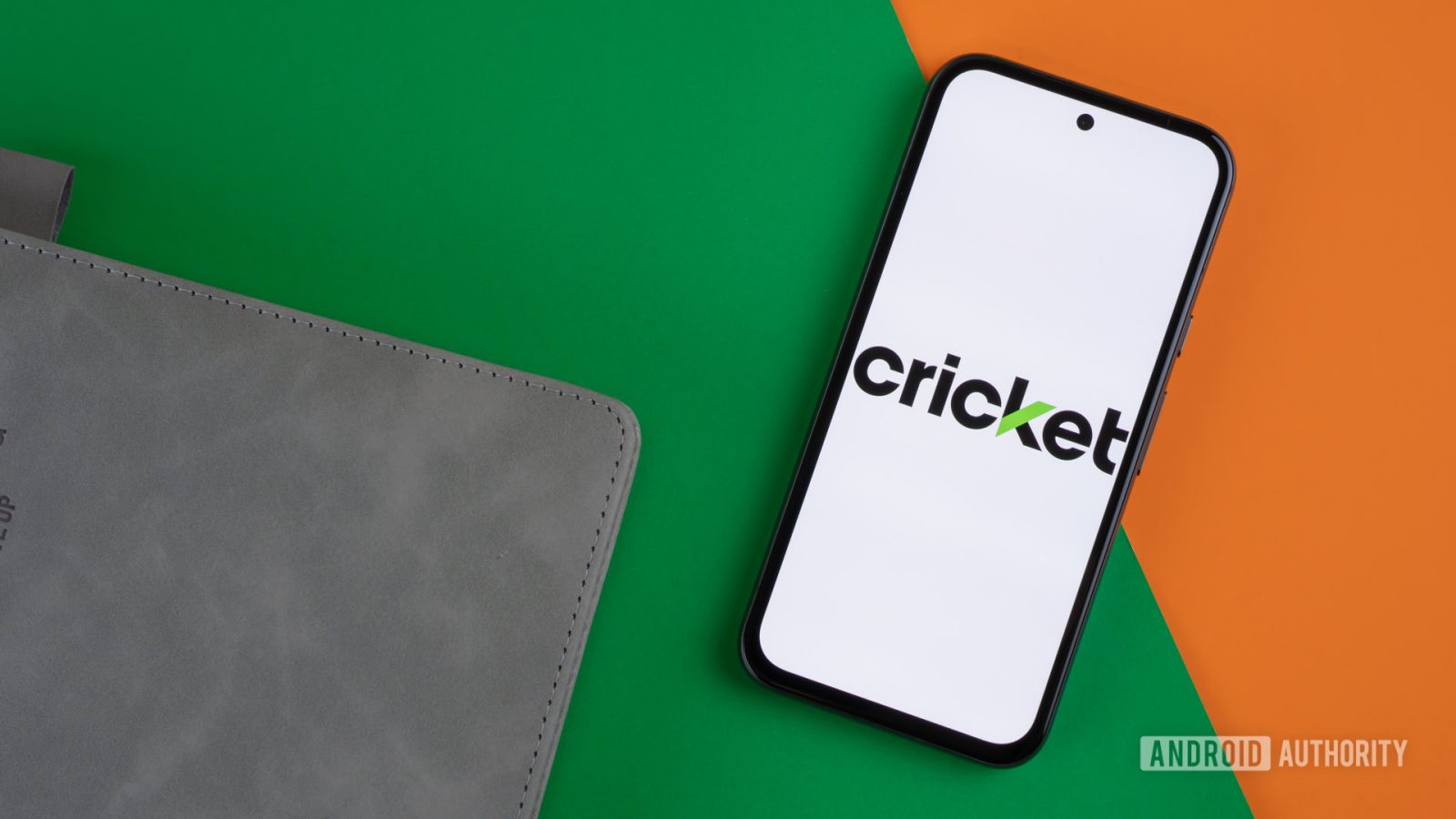
Contents
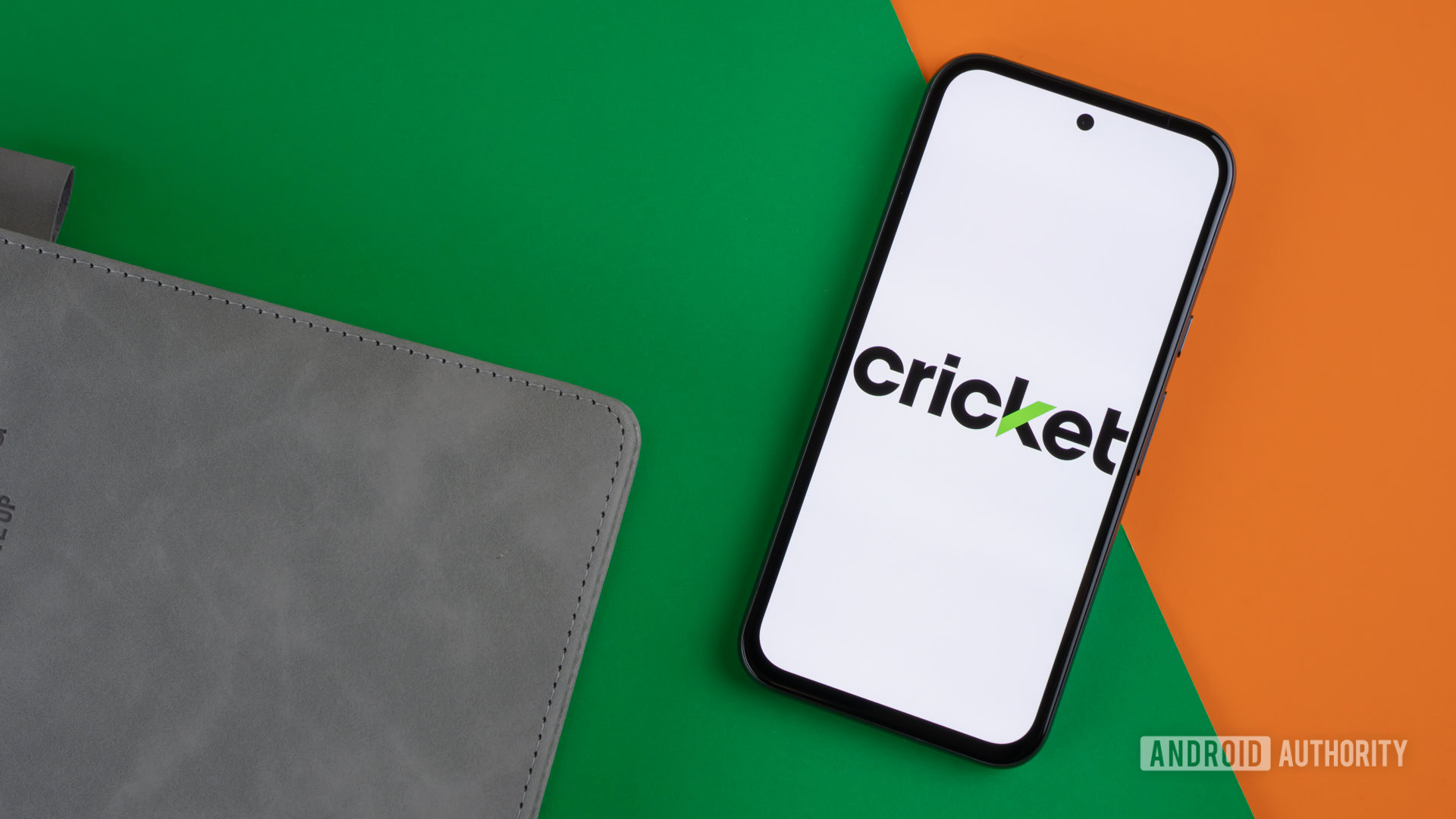
Edgar Cervantes / Android Authority
Cricket Wireless was once an independent regional carrier, but that changed in 2014 when AT&T acquired it. Today, Cricket operates as AT&T’s prepaid-only alternative. So, how do the two services compare, and is Cricket the better choice for you? In this guide, we take a closer look at AT&T vs Cricket.
Is Cricket Wireless a better deal overall than ATT?
0 votes
Please note that while I’ve used both AT&T Prepaid and Cricket in the past, I’ve never had AT&T Postpaid. However, I’m very familiar with what to expect.
Cricket vs AT&T: TL;DR
- Cricket is better if …
- You want to save money. Cricket is typically going to be cheaper than AT&T prepaid and postpaid.
- You want streaming perks. AT&T doesn’t offer this anymore, but Cricket still has a plan that includes Max with Ads.
- AT&T is better if …
- You want the fastest network priority possible. Cricket doesn’t offer AT&T’s highest priority, but AT&T postpaid and prepaid offer this as an optional upgrade on select plans.
- You want the big carrier deals. While Cricket has some great deals, they won’t be as enticing as the free phone promotions that postpaid carriers often use to hook in customers.
How well does Cricket stack up against AT&T?
First, let’s take a look at all the AT&T plans offered through its postpaid service:
| Price | Talk, text, and data | Hotspot | Extras | Video quality | |
|---|---|---|---|---|---|
Value Plus VL | Price • $50.99 per line for 1 | Talk, text, and data Unlimited basic | Hotspot No access | Extras • Unlimited talk, text and data in and between the US, Canada, and Mexico | Video quality SD (480p) |
Unlimited Starter SL | Price • $65.99 per line for 1 | Talk, text, and data Unlimited basic | Hotspot 5GB per line | Extras • Unlimited texting to 200+ countries | Video quality SD (480p) |
Unlimited Extra EL | Price • $75.99 per line for 1 | Talk, text, and data 75GB premium data | Hotspot 30GB per line | Extras • Unlimited texting to 200+ countries | Video quality SD (480p) |
Unlimited Premium PL | Price • $85.99 per line for 1 | Talk, text, and data Truly Unlimited premium | Hotspot 60GB per line | Extras • Unlimited texting to 200+ countries | Video quality UHD |
Next, we’ll highlight what Cricket and AT&T Prepaid have to offer. While all postpaid plans are listed above, I’ve omitted some prepaid options that were less compelling or too similar, so it was redundant to include them.
| Price | Talk, text, and data | Hotspot | Extras | Video quality | |
|---|---|---|---|---|---|
AT&T Unlimited Level Up | Price $50.99 per line | Talk, text, and data Unlimited data (Unknown priority) | Hotspot No access | Extras • Unlimited texting to 200+ countries | Video quality SD (480p) |
AT&T Unlimited + 10GB Hotspot | Price $25 per line | Talk, text, and data •16GB of data (unknown priority) | Hotspot 10GB per line | Extras • Unlimited texting to 200+ countries | Video quality SD (480p) |
AT&T Unlimited Basic | Price $45 per line | Talk, text, and data •30GB of data at 3Mbps (unknown priority) | Hotspot No access | Extras • Unlimited texting to 200+ countries | Video quality SD (480p) |
AT&T Unlimited Max Plus | Price $65 per line | Talk, text, and data Unlimited data (QCI 8) | Hotspot 35GB per line | Extras • Unlimited texting to 200+ countries | Video quality HD |
AT&T 5GB | Price $30 per month | Talk, text, and data 5GB data (QCI 8) | Hotspot Yes, up to your plan data limit | Extras • Unlimited texting to 200+ countries | Video quality SD (480p) |
Cricket Unlimited + 15GB Hotspot | Price • $60 per line for 1 | Talk, text, and data Unlimited (QCI 8) | Hotspot 15GB per line | Extras • Max with Ads | Video quality SD (480p) |
Cricket Unlimited | Price • $55 per line for 1 | Talk, text, and data Unlimited (QCI 9) | Hotspot Not included (Available as add-on) | Extras • 2GB Cloud Storage | Video quality SD (480p) |
Cricket 10GB plan | Price • $40 per line for 1 | Talk, text, and data 10GB of data (Priority unknown) | Hotspot No access | Extras • 2GB Cloud Storage | Video quality SD (480p) |
Now, let’s break things down by pricing, prioritization, phone selection, customer service, and more.
Pricing and value
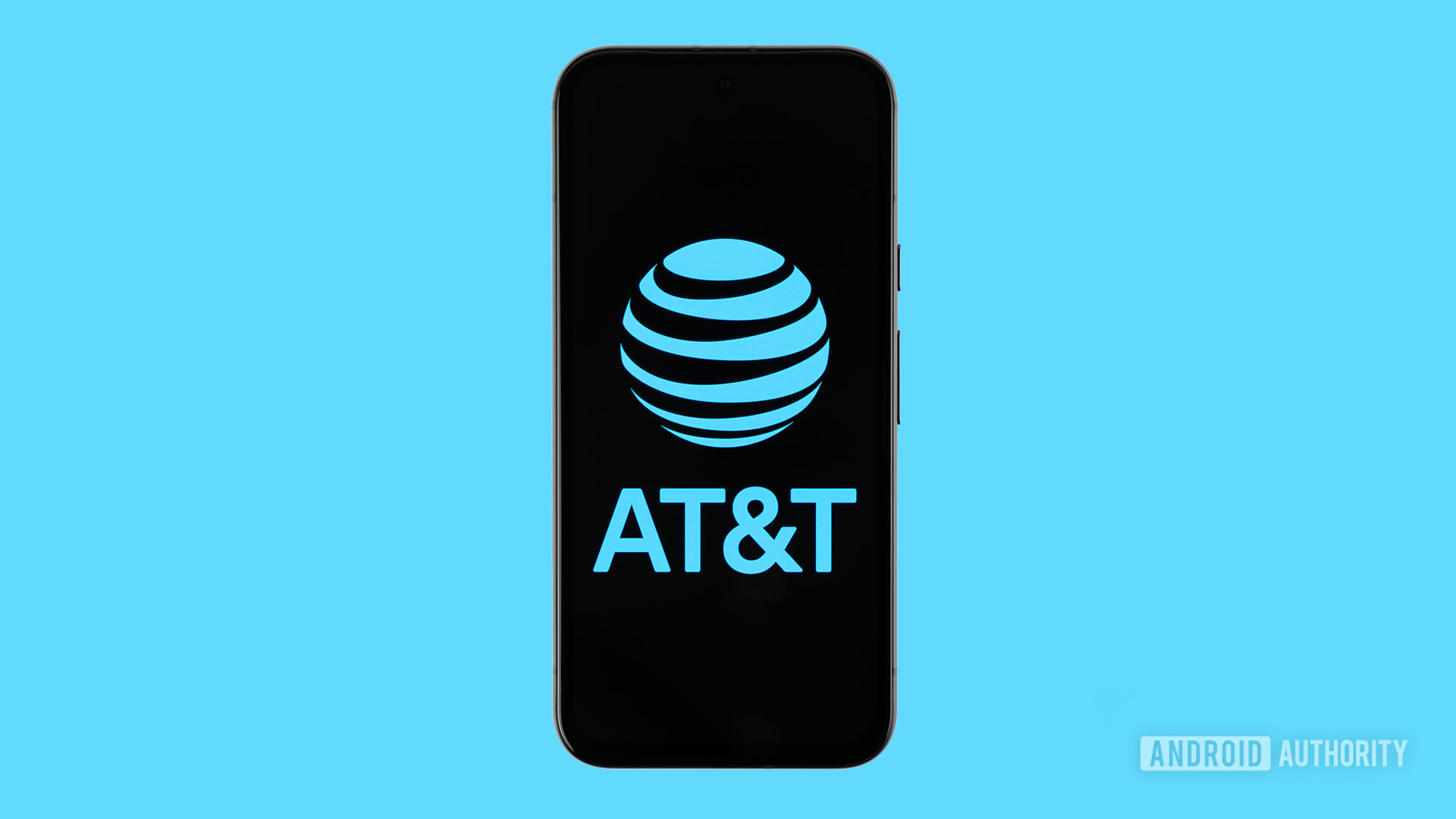
Edgar Cervantes / Android Authority
- Cricket Wireless typically offers better value than AT&T Postpaid, even for families.
- AT&T Prepaid may be a better choice than AT&T Postpaid or Cricket Wireless for those who only need one or two lines.
As expected, AT&T Postpaid is the most expensive option, with plans starting at $50.99 for one line or $30.99 per line for four. Despite this cost, its cheapest plan offers lower network priority than its more expensive postpaid plans. Additionally, device discounts and hotspot access aren’t included in the Value plan, though upgrading to AT&T Unlimited Starter provides limited hotspot access and access to a few deals at least.
Truthfully, low-tier postpaid plans generally aren’t worth it compared to prepaid. These plans come with limited deals, poor priority, and other drawbacks, making it feel like prepaid service anyway.
If you’re set on AT&T Postpaid, we recommend AT&T Unlimited Extra EL at a minimum. This plan includes 75GB of high-priority data, with an option to add Turbo speed priority for an extra fee.
AT&T Prepaid plans start at $30 per month but include just 5GB of data and there are no family discounts on any of these. In most cases, we’d either stick with an unlimited plan or consider a value carrier like Tello if you don’t need much data.
For AT&T Prepaid, we recommend Unlimited Level Up or Unlimited Max Plus. Both are similarly priced, but Max Plus costs slightly more at $65 per line compared to $50.99 for Level Up. However, Max Plus offers higher-priority data, hotspot access, and HD streaming, making it the superior option.
Level Up saves you $15 per month but comes with lower-tier speeds and no hotspot access. One advantage of Level Up is that after six months on AT&T Prepaid, you qualify for guaranteed financing if you switch to an AT&T Postpaid plan — an appealing option for those considering a future upgrade.
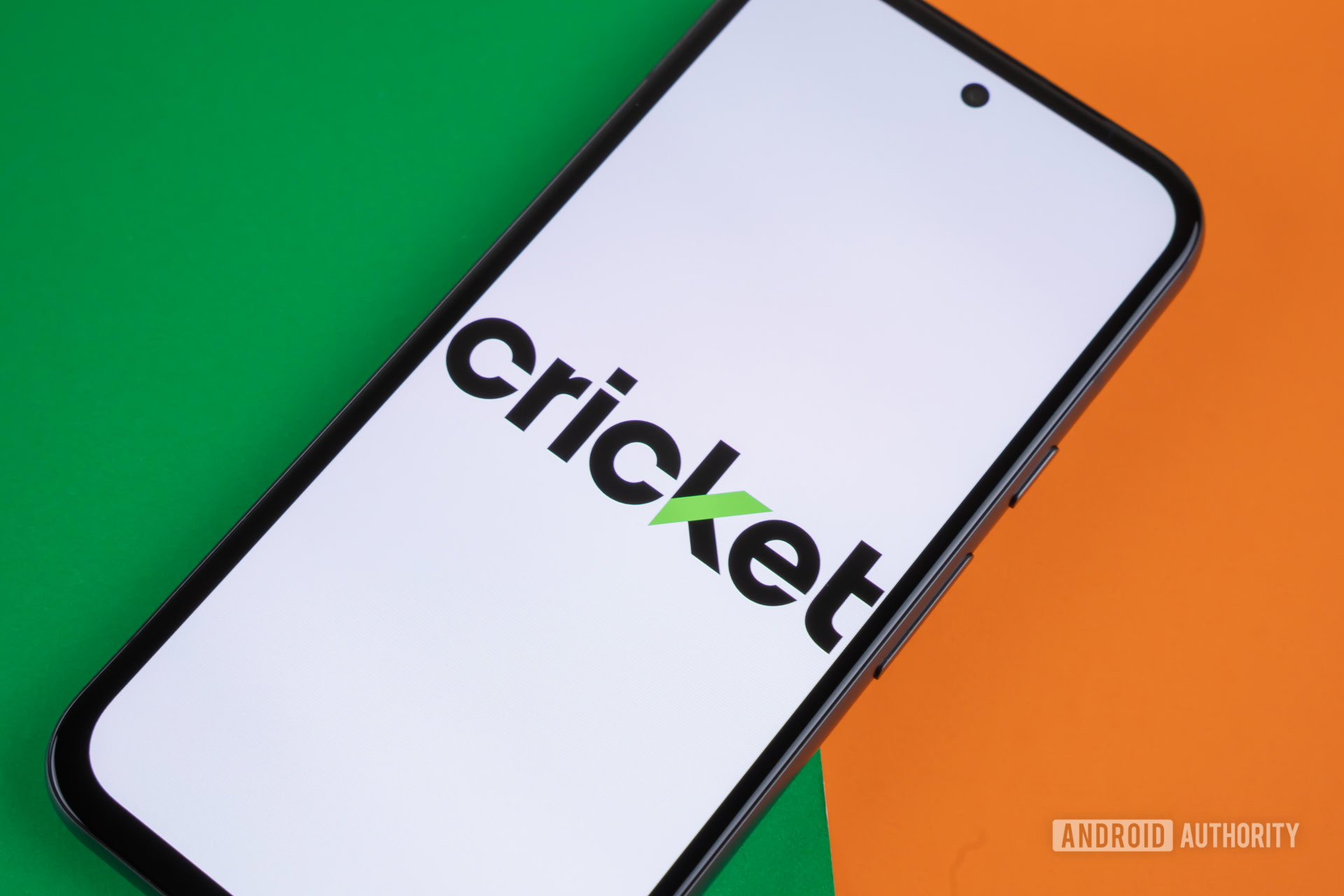
Edgar Cervantes / Android Authority
While Cricket Wireless doesn’t offer the rock-bottom pricing of some prepaid carriers, it delivers an experience that’s as close to postpaid as it gets. This includes solid multi-line discounts and Max streaming service for those on its most expensive plan.
For limited data on Cricket, we recommend the 10GB plan. It starts at $40 per line but drops as low as $27.50 per month per line for four. There’s also a cheaper 5GB plan for $30 a month, but since it doesn’t include multi-line discounts, it’s best for single-line users. Even then, paying an extra $10 per month for double the data is likely worth it.
For unlimited data, we suggest skipping Cricket Unlimited and opting for Cricket Unlimited with 15GB Hotspot. Though it costs $5 to $10 more per line (depending on the number of lines), it includes 15GB of hotspot access and higher-priority QCI 8 data—unlike the lower-tier QCI 9 service on the cheaper unlimited plan.
Starting at $60 per line or as low as $32.50 per line for four, this plan provides both 15GB of hotspot access and QCI 8 higher-priority data.
Ultimately, Cricket Unlimited with 15GB Hotspot offers an experience comparable to AT&T Unlimited Extra EL while saving you anywhere from $15.99 to $33.96 per month, depending on the number of lines.
Prioritization, speeds, and network reliability
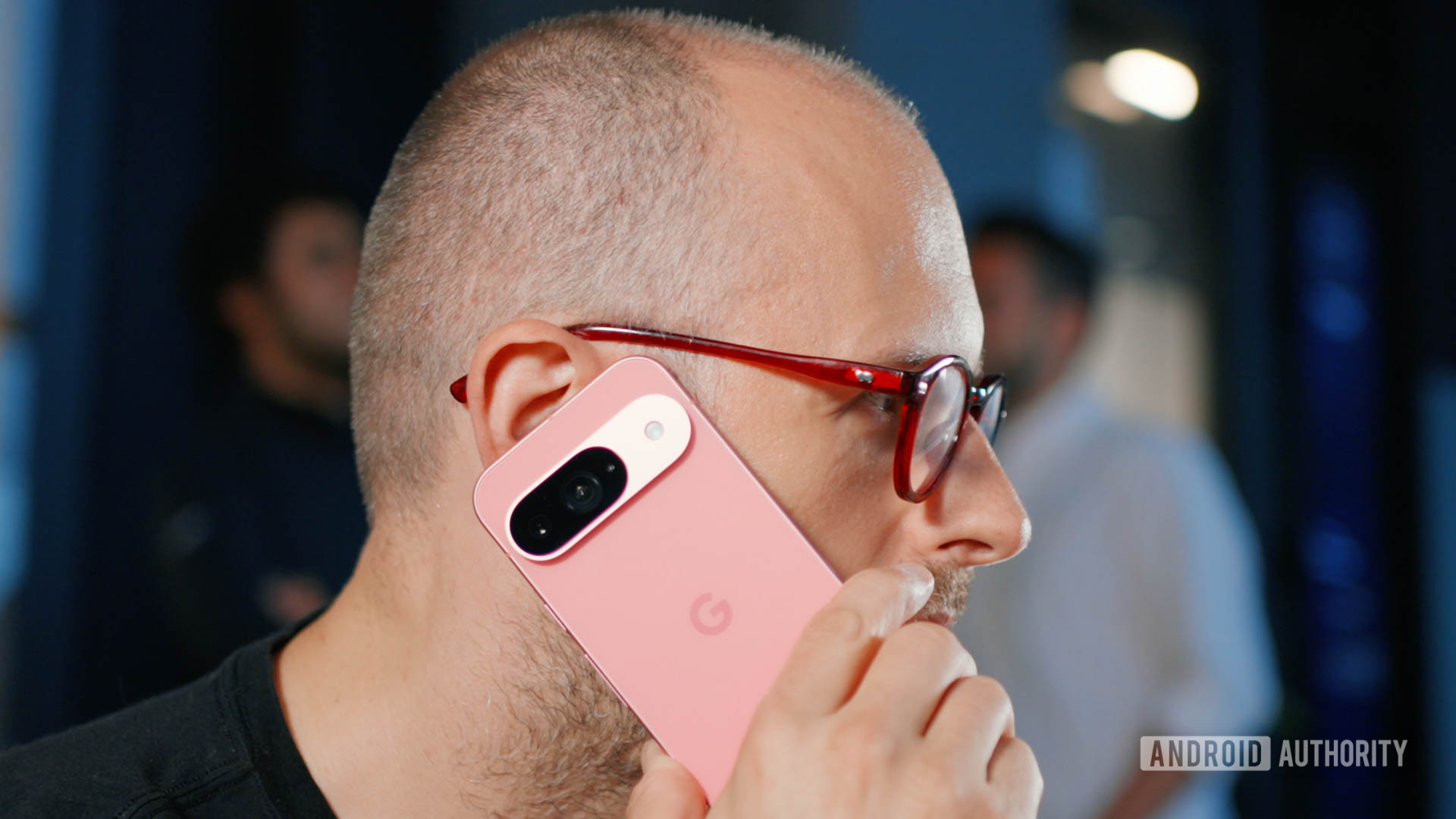
C. Scott Brown / Android Authority
- AT&T offers the highest priority (QCI 7) through its Turbo Upgrade add-on, available on select plans.
- Overall, Cricket’s priority matches AT&T’s default priority for mid-tier and higher plans, but it does not offer a Turbo upgrade.
You might assume that sticking with AT&T directly guarantees the best priority. While that can be true, it ultimately depends on the specific plan. AT&T uses Quality of Service Class Identifiers (QCI) to split its network into different priority levels. The lower the number, the better the priority.
Here are the AT&T prepaid and postpaid plans that offer high-priority (QCI 8) access:
- AT&T Unlimited Extra EL
- AT&T Unlimited Premium PL
- AT&T Unlimited Max Plus
- AT&T 5GB
For the remaining AT&T prepaid options, there’s little clarity on whether these plans use QCI 8 or QCI 9. However, most of these plans come with other limitations, such as speed caps — like Unlimited Basic, which is limited to 3Mbps for 30GB and then just 1.5Mbps after that. Even if these plans offer higher-priority data, the benefits would mostly improve latency rather than overall speeds.
Meanwhile, Cricket Wireless assigns QCI 9 priority to its cheaper Unlimited plan, while the Unlimited with 15GB Hotspot plan upgrades this to QCI 8. As for Cricket’s 10GB plan, its priority level isn’t explicitly stated. Due to recent network changes, reliable information on this is scarce, but it is likely QCI 8 — though this shouldn’t be assumed. Unfortunately, I was unable to confirm one way or another.
AT&T also offers an even higher priority tier, QCI 7. Previously, this was the default for many postpaid AT&T plans, but it is now available only as a $7 per-line add-on for AT&T Unlimited Extra EL, Premium PL, and Max Plus. This means it’s only used by a small minority of AT&T subscribers.
Do you need QCI 7? That depends on how congested your area is. For most users, QCI 8 is more than sufficient, but your experience may vary.
Phone selection, payment plans, and insurance
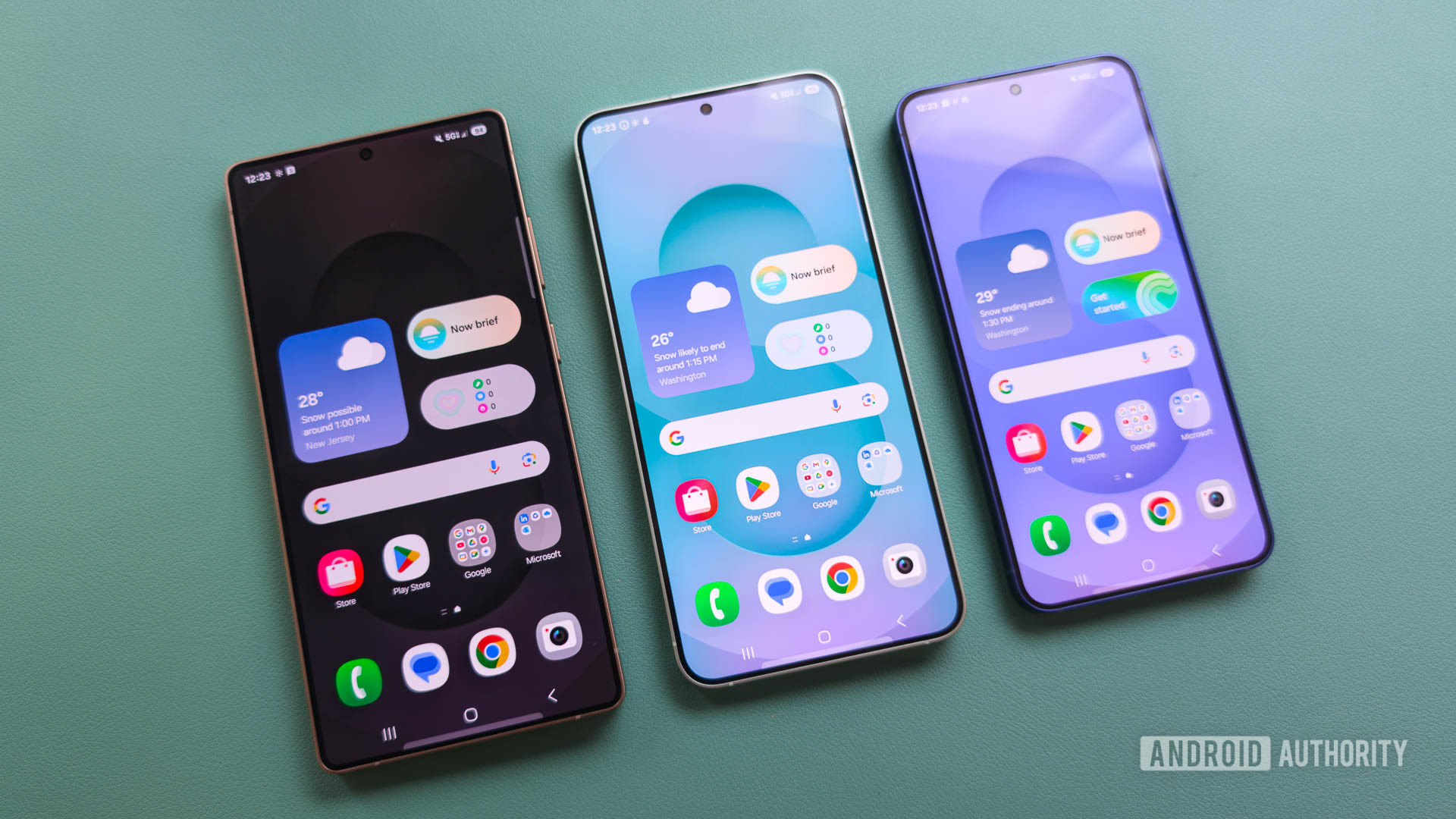
C. Scott Brown / Android Authority
- AT&T offers a larger phone selection overall, though Cricket still carries most major flagship devices, with a few exceptions.
- Cricket has similar insurance and payment plan options, though the terms might not be quite as good as with AT&T directly.
Cricket’s catalog includes around 25 devices, compared to AT&T’s 40+ options. While Cricket offers popular models like the Galaxy S25 and iPhone 16, it lacks certain brands, such as Google Pixel. However, customers can always bring their own device if their preferred model isn’t available.
Cricket Wireless also provides strong deals for new customers. While you won’t find free flagship phones as you might with AT&T postpaid, Cricket frequently offers free mid-range and budget devices. At the time of writing, the Moto G Play (2024) and Samsung Galaxy A15 5G are among the best deals available. Existing Cricket customers can also qualify for special upgrade pricing every 365 days, which will make the phones cheaper than the typical retail price.
For those interested in financing, Cricket partners with Affirm to offer monthly payment plans. Cricket also provides device protection through Cricket Protect, which costs $8 per month — cheaper than AT&T’s postpaid and prepaid insurance plans.
Cricket Protect includes:
- Screen repairs (at $29)
- Theft and damage replacements (deductibles range from $10 to $250 per claim)
- 16GB of photo and video storage
- A limit of three claims per device per year
AT&T postpaid customers have plans starting at $14 that cover the following:
- Unlimited claims
- $0 screen and back glass repair
- Out-of-warranty malfunctions, loss, and theft, accidents (deductibles will vary)
- Unlimited battery replacements, and unlimited photo and video storage
On the prepaid side, charges $11.99/month for basic coverage (loss, theft, accidents) or $14.99/month for additional perks like tech support and 50GB of storage. Like Cricket, AT&T prepaid insurance allows up to three claims per year, with varying deductibles.
While AT&T’s postpaid insurance offers more extensive coverage, Cricket Protect and AT&T’s prepaid plans still provide solid protection at a lower monthly cost.
Customer service experience
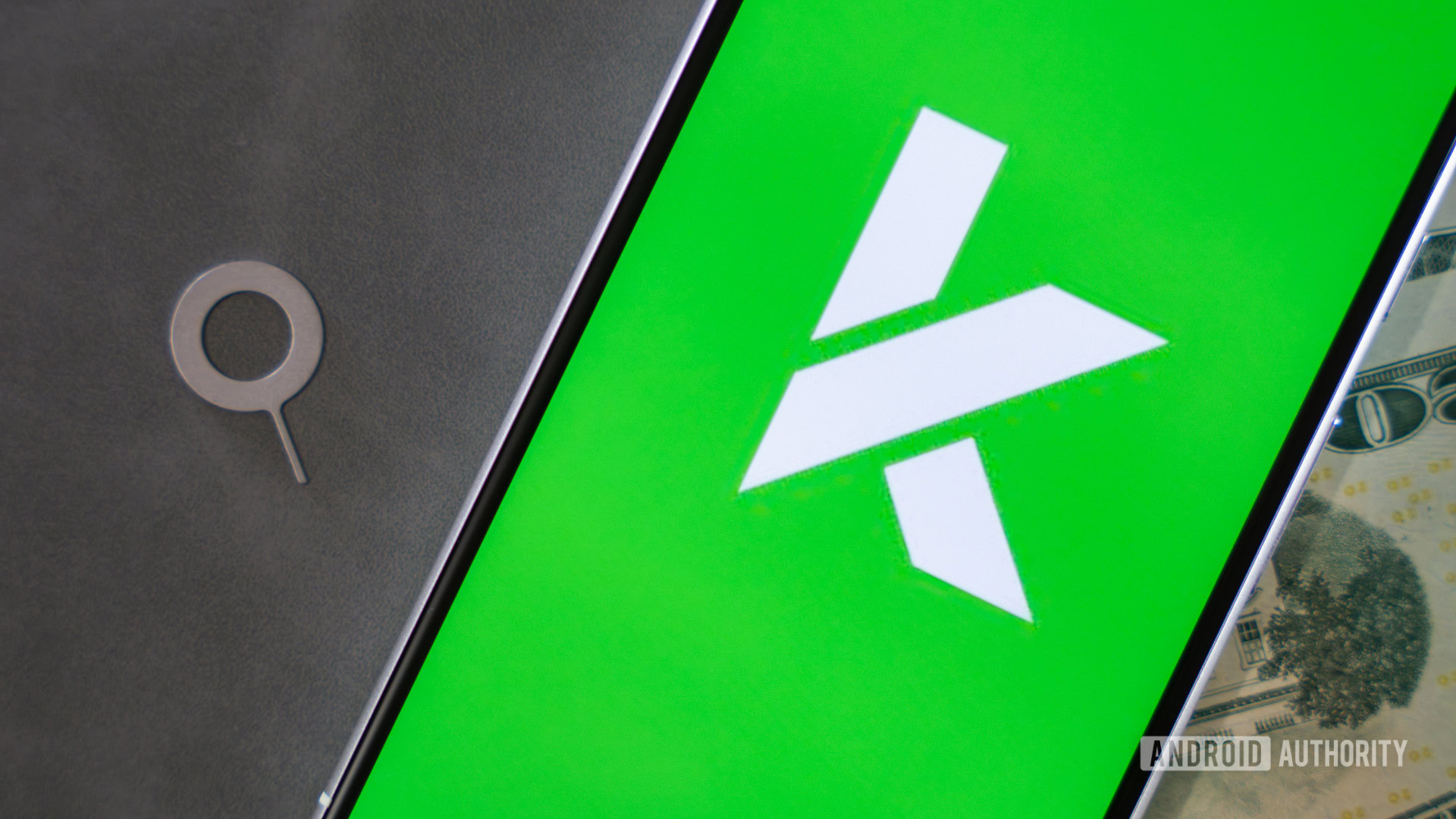
Edgar Cervantes / Android Authority
- Both AT&T and Cricket offer similar customer service experiences, including access to brick-and-mortar stores for in-person support.
- While AT&T postpaid customers may receive slightly higher priority service compared to AT&T prepaid and Cricket users, the difference is unlikely to be significant.
AT&T has its share of critics, but many loyal customers stand by its service. Whether you choose AT&T prepaid or postpaid, wait times and support availability generally aren’t major concerns, with in-store options available when needed.
Cricket Wireless offers a comparable experience. In my own testing, Cricket’s customer service has been efficient, with short wait times and knowledgeable tech support — particularly when compared to smaller prepaid carriers. That said, access to in-person support depends on whether you live near a Cricket retail location. It’s much easier to find an AT&T store near you, depending on where you live.
Special features
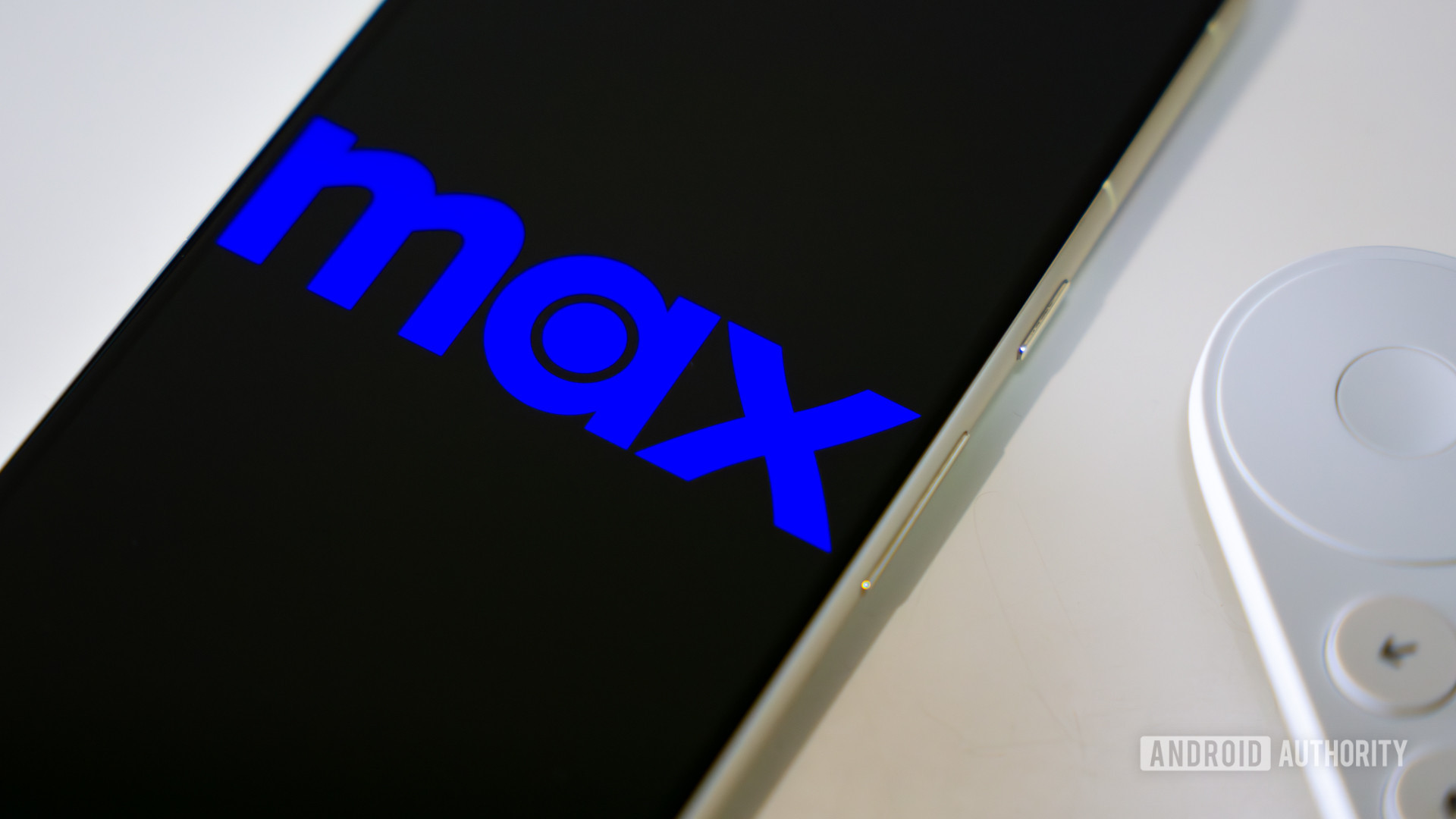
Edgar Cervantes / Android Authority
- AT&T offers international features, brick-and-mortar service, free phone promos, and other basics you’d expect from postpaid, but there are no streaming services included.
- Cricket Wireless offers basic international features but stands out by including Max with Ads on one of its Cricket Unlimited plans.
When it comes to special features and extras, you’d typically expect the major carrier to have the upper hand. However, in an interesting twist, AT&T doesn’t offer any streaming perks, whereas Cricket does —at least on its highest-tier plan, which includes a free Max with Ads subscription.
That said, AT&T postpaid still has an edge in phone promotions, trade-in deals, and additional international perks compared to Cricket. While Cricket doesn’t provide the same level of international streaming benefits, it does include calls, texts, and data in Canada and Mexico at no extra cost.
How do other prepaid carriers on AT&T’s network compare?
Cricket Wireless isn’t the only carrier that operates on AT&T’s network—there are several other great options to consider as well. Let’s take a closer look at just three alternatives that run on AT&T’s network.
Boost Mobile is a good way to experience a network outside of the big three, while still being able to roam on AT&T for free
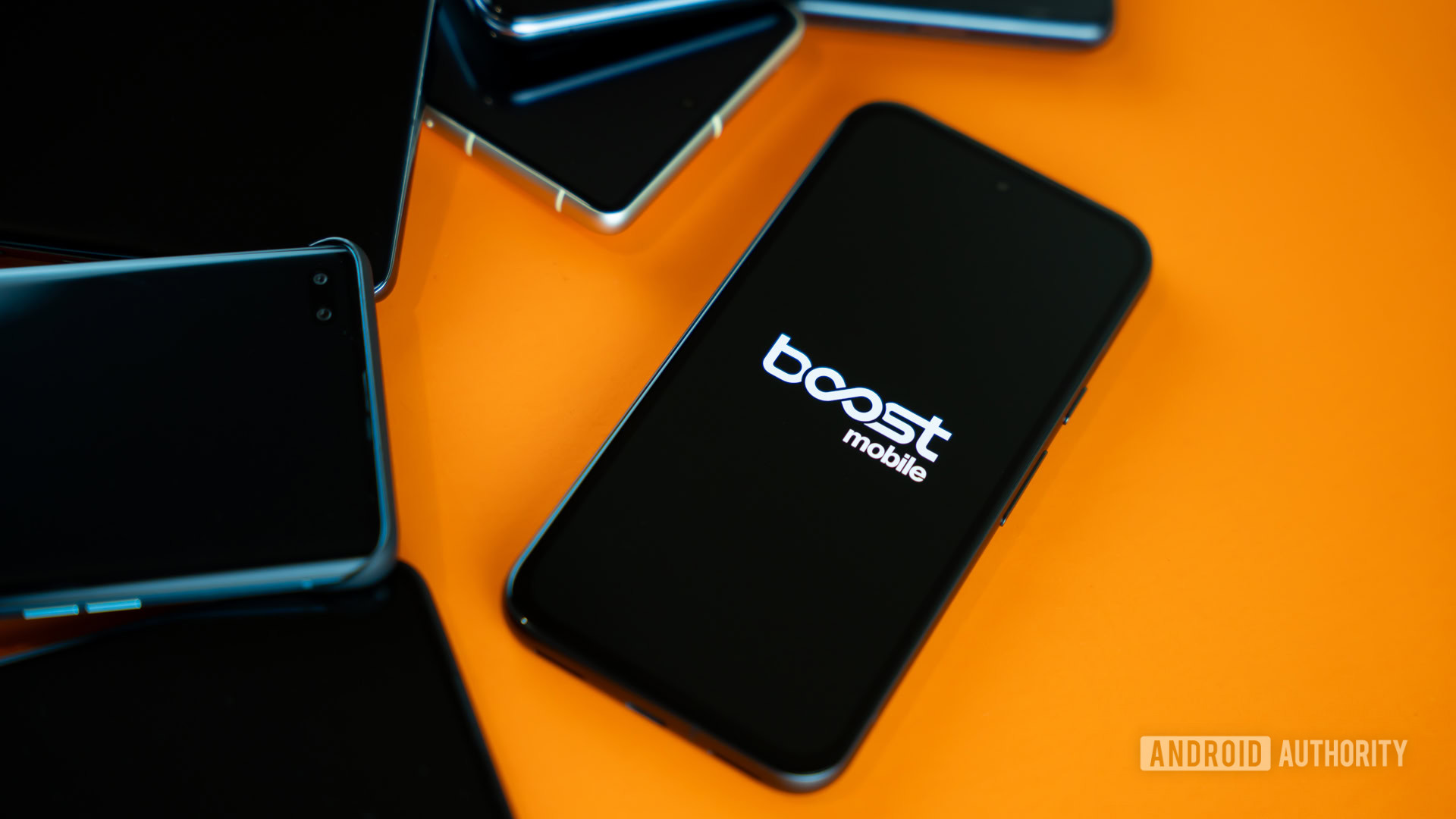
Edgar Cervantes / Android Authority
The Dish-owned Boost Mobile no longer officially considers itself an MVNO because it not only offers both prepaid and postpaid service, but it is also now officially prioritizing its own fledgling 5G network where available.
That said, 5G isn’t accessible everywhere and so it has a few different SIM variants that determine whether AT&T or T-Mobile is the default alternative when Dish 5G isn’t an option. You don’t get a say in the SIM variant you get typically, but AT&T has increasingly become more commonplace.
Boost Mobile is better if:
- You want cheaper options than Cricket offers. Boost plans start at as low as $25 a month for Unlimited, with the first month at just $12.50. That’s significantly less than the cheapest Cricket or AT&T plan.
- You want a true postpaid service but aren’t interested in getting it from AT&T, T-Mobile, or Verizon. This will also let you take advantage of Boost’s Infinity Access plan, which gives you a free iPhone or Galaxy every year.
Cricket is better if:
- You want more reliable service. The reality is Boost has a mixed track record recently and not everyone will be willing to give them a shot. Cricket is definitely a more proven provider.
- You want more choice and control over the network you’re using. Cricket uses AT&T, simple as that.
Consumer Cellular is best for seniors
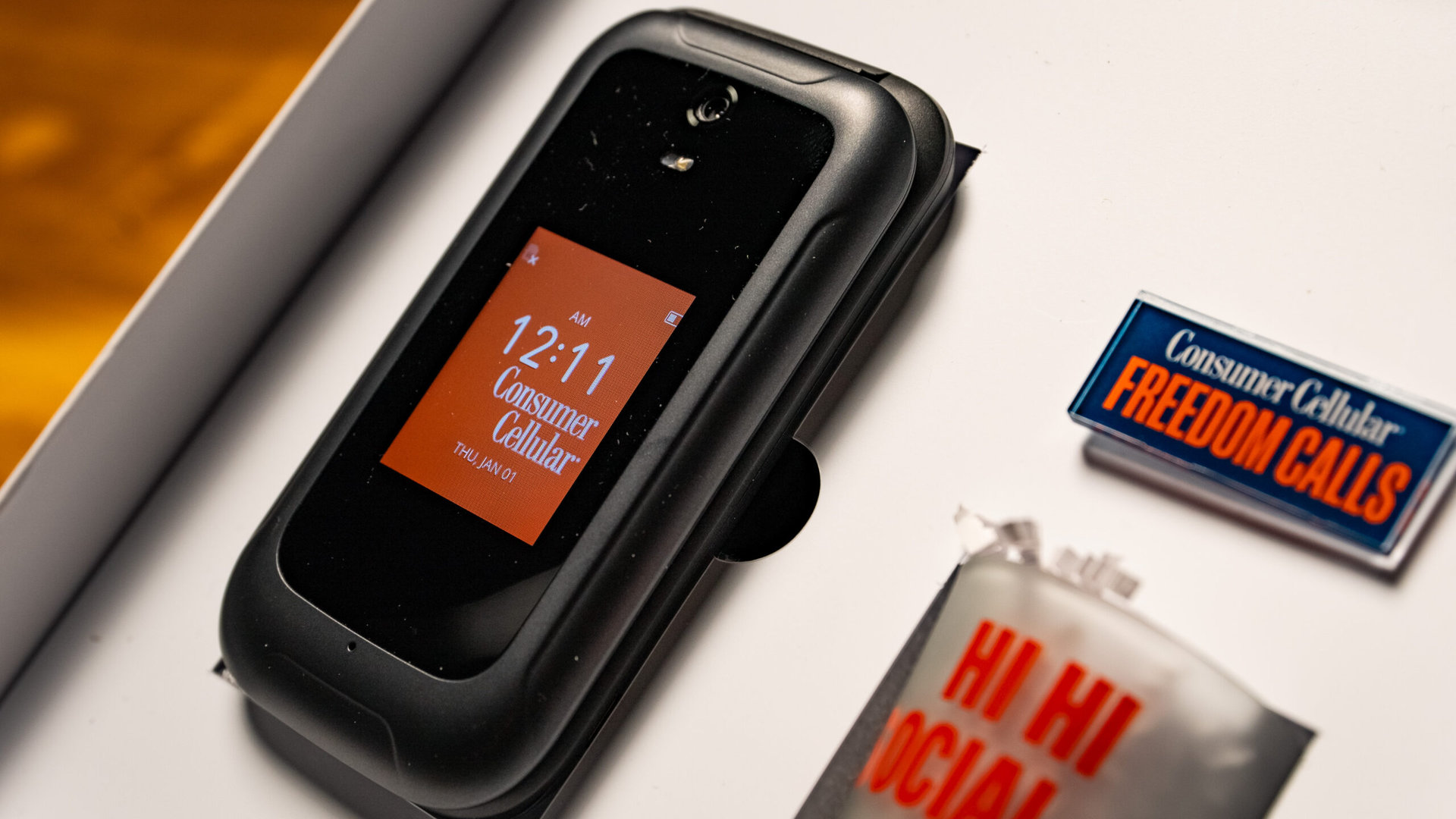
Consumer Cellular is actually a postpaid service, though it doesn’t have its own network and instead utilizes AT&T. The service is primarily targeted at older consumers, with plans starting as low as $20 a month for 1GB of data. There’s also an unlimited plan for $50 a month that’s exclusively for those 50 years old or over.
You’ll also find an array of so-called dumb phones alongside more modern smartphones here as well.
Consumer Cellular is better if:
- You want postpaid service that’s aimed at older users. That means some of the best customer service around and plenty of accessibility features too. There’s even brick-and-mortar service in select locations.
You are interested in a traditional mobile phone. If you don’t need a smartphone, Consumer Cellular is a decent choice.
Cricket is better if:
- You want unlimited plans and other advanced features for the whole family.
- You want a prepaid service, just with features that feel more like postpaid.
US Mobile is great if you want other network options too
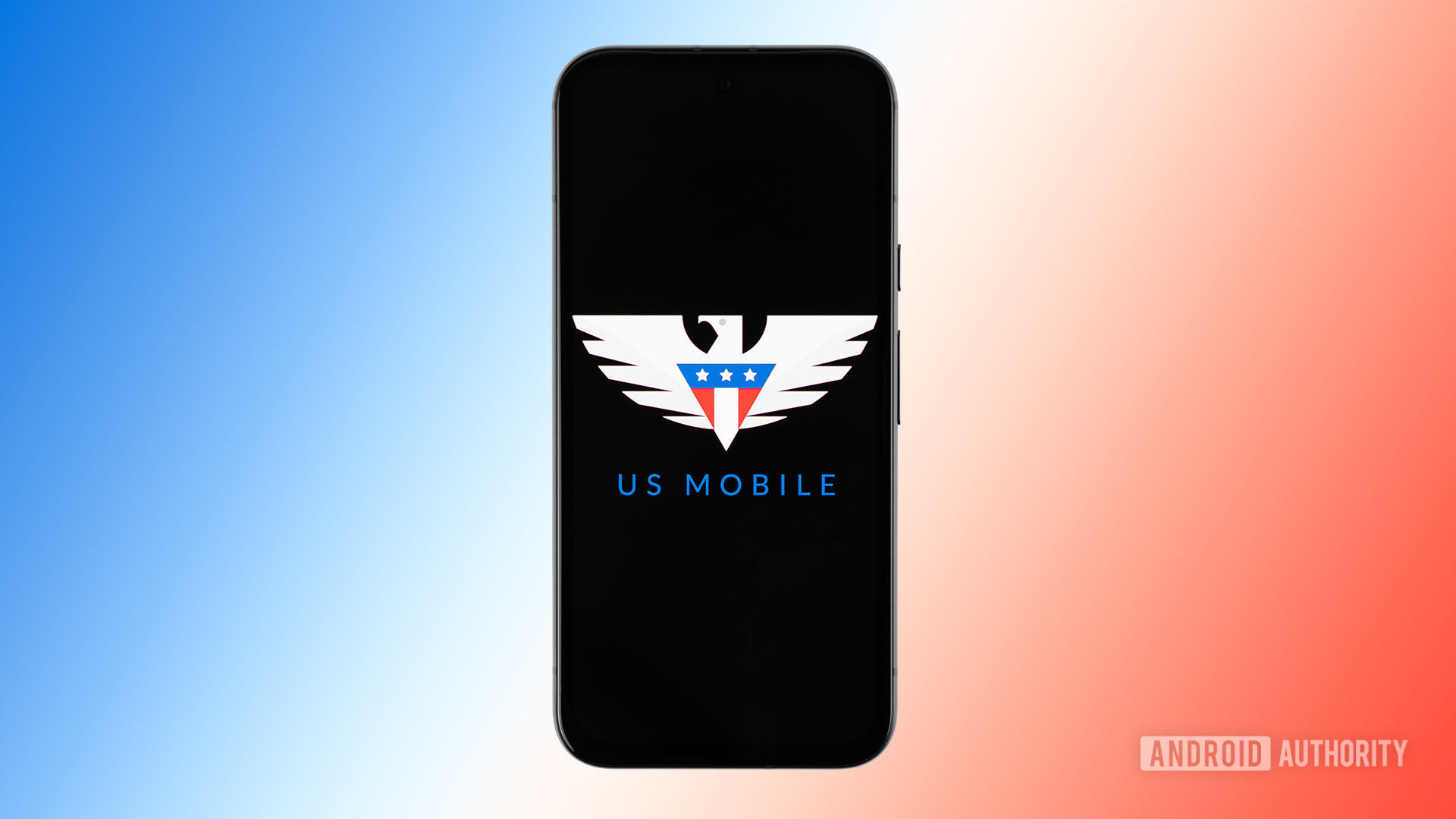
Edgar Cervantes / Android Authority
US Mobile is a great option for those who want the ability to use more than just AT&T’s network. The carrier offers three choices: Light Star (T-Mobile), Dark Star (AT&T), and Warp 5G (Verizon).
You can even switch between the networks for $2 per transfer — or free with select plans. Switching networks isn’t instantaneous and can take hours, or even longer in some rare cases, but it’s still a really nice extra.
You’ll also find Unlimited plans that start as low as $17.50 per month when paid annually. Even its most expensive plan is just $44 a month (or $32.50 per month when paid annually). You might not get Turbo, but you do get faster AT&T speeds at QCI 8 here. Warp (Verizon) is the same priority as postpaid Verizon though, if you are interested.
US Mobile is better if:
- You want the option to switch between all three big major networks.
- You are looking for a more value-oriented no frills service.
Cricket is better if:
- You want a more full-featured experience with options like streaming perks on select plans and more.
- You prefer to stick with Cricket as it’s a larger and more established brand.
Cricket or AT&T: Which is a better pick for your needs?
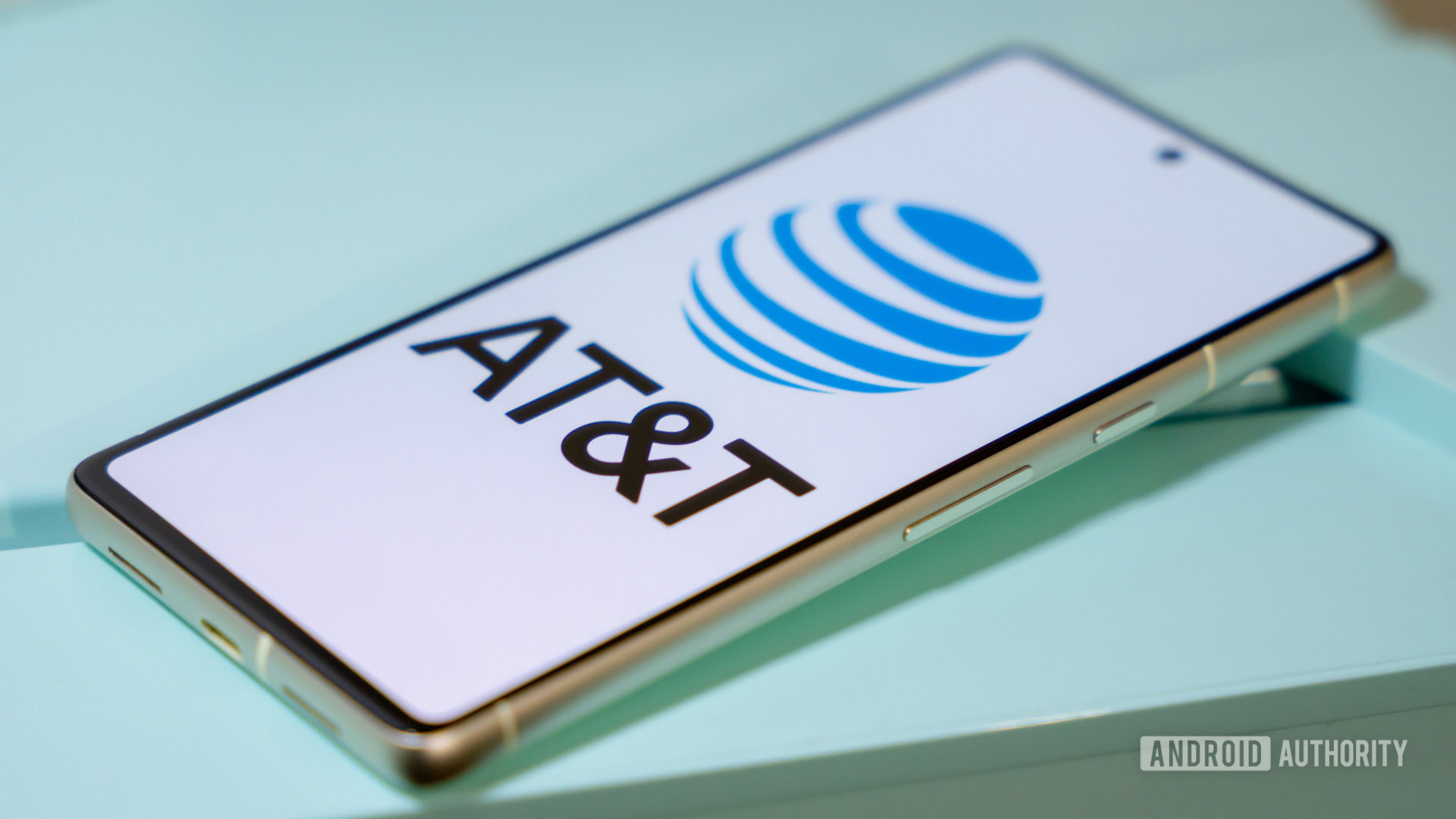
Edgar Cervantes / Android Authority
The truth is that both Cricket and AT&T have great features and plans, but there are a lot of alternatives out there when it comes to the best mobile providers in the US.
In a bubble, we’d pick Cricket over AT&T for most users. Cricket isn’t exactly an affordable prepaid carrier, but you’ll still typically pay less with Cricket than you would with AT&T’s cheapest plans ($50.99 at AT&T), while also getting better network priority. The addition of extras like Max streaming on select plans and brick-and-mortar support means you’ll always feel like you have a big carrier but without all the price gouging.
Cricket – plans starting at $30 a month

Cricket – plans starting at $30 a month
Looking for a postpaid alternative? Cricket Wireless feels a lot like one of the big carriers with free phone offers, multi-line discounts, and even streaming perks with select plans but with the potential to save big.
If you absolutely want to use the AT&T network, you could also consider US Mobile. Not only will you pay less than Cricket or AT&T in most cases, but you also can fall back onto Verizon or T-Mobile’s network as needed.
You won’t go wrong with Cricket, but depending on your exact needs you may save more by looking beyond the AT&T network. I would personally recommend Cricket over AT&T based on my own experiences, but the truth is that for those who care about saving money, you can likely find a better plan if you don’t mind looking outside of AT&T’s network.
Cricket – plans starting at $30 a month

Cricket – plans starting at $30 a month
Looking for a postpaid alternative? Cricket Wireless feels a lot like one of the big carriers with free phone offers, multi-line discounts, and even streaming perks with select plans but with the potential to save big.
I’d especially consider T-Mobile if you want postpaid service for less than AT&T is charging. The Uncarrier ($50 at T-Mobile) is not only one of the most reliable options, but it’s also the cheapest of the big three, though that will also depend on your exact plan configuration. If you want prepaid, Visible is a great Verizon-based alternative, and Mint Mobile or Google Fi are great alternatives to T-Mobile.
What’s your reaction?
Love0
Sad0
Happy0
Sleepy0
Angry0
Dead0
Wink0
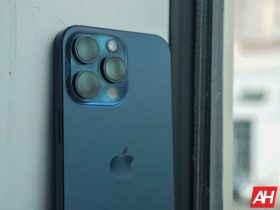
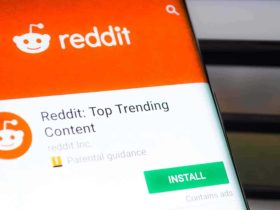
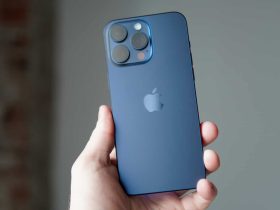
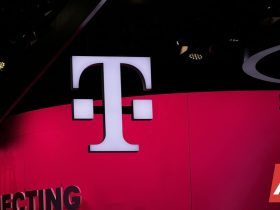
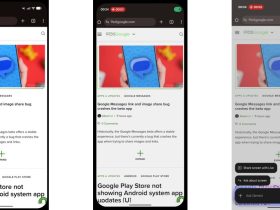


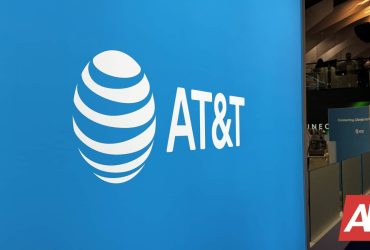
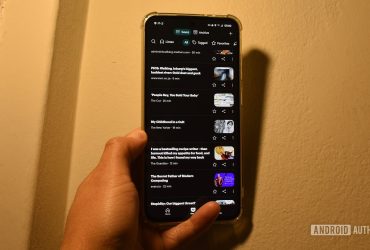
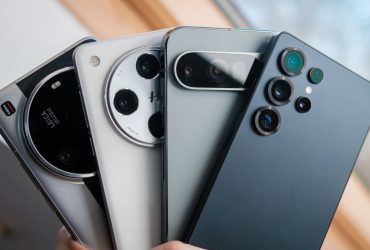

Leave a Reply
View Comments